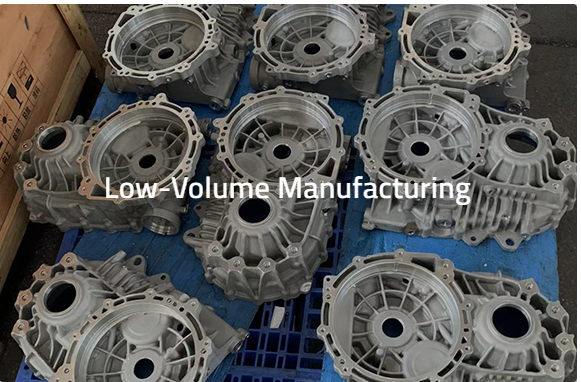3D printing rapidcasting is a revolutionary manufacturing process that utilises the flexibility of 3D printing in collaboration with the established efficiency of traditional casting methods to provide the end-to-end solution for low-volume production. This is impacting businesses that create prototypes and end-use parts across industries, including automotive, aerospace, and medical.
Complex Geometries and High Precision
Complex geometries that are traditionally very difficult or impossible to produce using standard casting techniques can be easily produced using 3D printing rapid casting. Using high-resolution resin, a 3D printed model is created and the process begins. This model needs utmost precision, with tolerances of even 0.1 mm, due to the conductivity of the carbonfilled nylon tubes we use as nozzles. These features can make intricate design features suitable for high-performance applications.
Speed of Production
SpeedOne of the biggest benefits of the rapid casting done with 3D printing is that it is fast. The process from design to a finished part using traditional casting methods can take weeks because of the slow process of making molds. Alternatively, 3D printed molds can be created within hours or a few days, depending on the complexity or size of the part. A quick turnaround time is essential for industries that need quick prototype iterations and needs to accelerate production cycles.

Low Volume Production Cost Reduction
Low volume production runs are very cost effective. Historically molding is expensive, especially for small batch sizes, as the cost of the mold and the material is not scaling down with the batch size. 3D printing rapid casting drastically reduces the cost of mold production; it now makes financial sense to produce as few as a handful of parts without a bloated price tag.
Material Flexibility
This material flexibility, as one would expect, takes 3D printing rapid casting to new levels across diverse industry applications. It is applicable not just to conventional foundry metals, but also high-performance alloys and specialty materials. Companies are empowered to optimize their product performance, having the ability to try out different materials with no extra cost or time restraints.
To extend the product lifecycle
Rapid casting also enabled with 3D printing has substantially cut down the procurement delays associated with prototyping and opened an additional channel for small scale production and end of life replacements for businesses. This flexibility means that, at a relatively low cost and disruption, companies can add part modifications and updates that helps them to keep up with market changes and customer requirements.
3D printing Rapid Casting heralds a transformative revolution in manufacturing, merging the design freedom of 3D printing with the economic and material benefits of traditional casting. Through use of 3D printing rapid casting, companies can establish more flexible, creative and cost-effective production processes that define new benchmarks for speed, accuracy and versatility in manufacturing.
